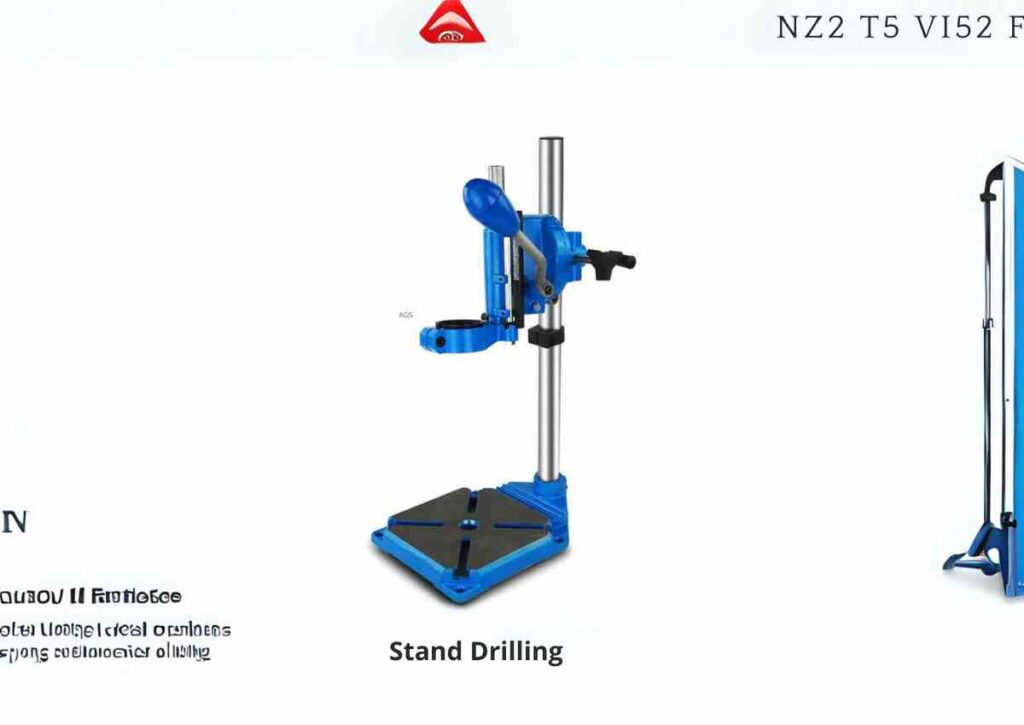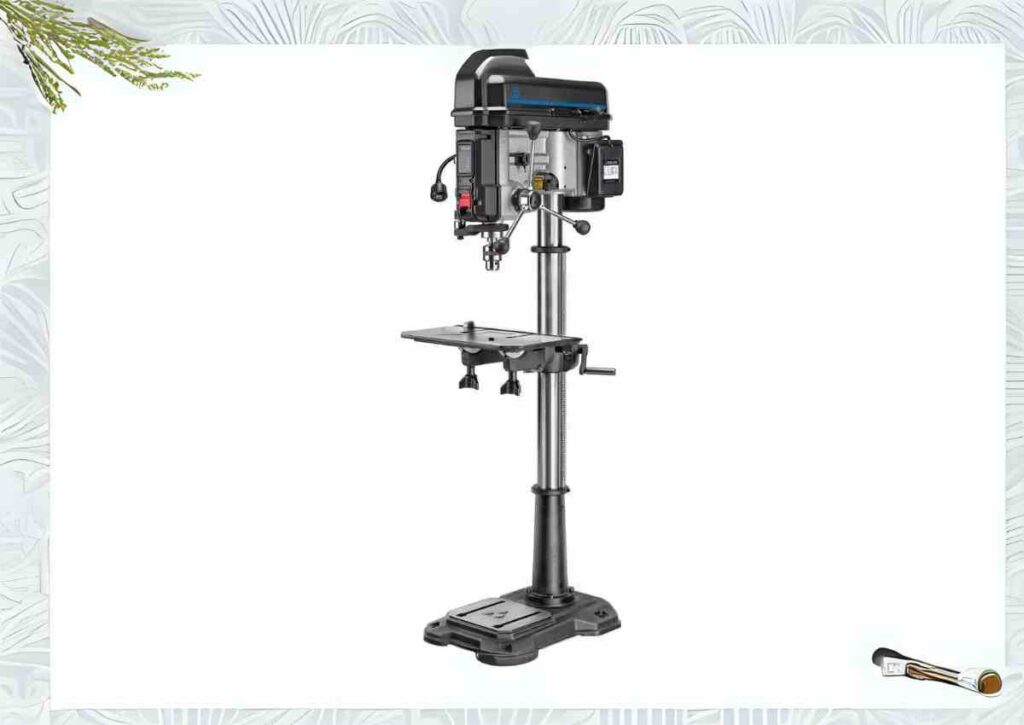In the intricate world of drilling operations, efficiency and precision are paramount. One crucial aspect that plays a significant role in this domain is “stand drilling.”
This process involves the careful arrangement and handling of drill pipe stands, contributing to the seamless workflow on a drilling rig.
Let’s delve into the intricacies of stand drilling and understand its importance in the broader context of drilling operations.
Understanding Stand Drilling
A stand, comprising two or three joints of drill pipe, is strategically connected and positioned vertically in the derrick, especially during the tripping pipe phase.
Similarly, a stand of collars, composed of collars and a collar head, serves a similar purpose. The collar head facilitates easy pickup by the elevators, enhancing efficiency in the drilling process.
Placement and Structure

Stands find their place within the “board” of the drilling rig, typically between “fingers.”
The boards can accommodate stands, often extending up to ten stands deep and fifty stands wide on land-based rigs.
The positioning is further secured using ropes tied in a shoe knot by the derrickman, ensuring stability during drilling operations.
Handling by the Crew

The chain hand takes charge of placing stands on the floor of the drilling rig during the “racking stands” phase.
As the bottom of the stand touches the floor, the derrickman unlatches the elevators and maneuvers the stand using either a rope or physical strength.
The process reverses when stands are returned to the hole, with the derrickman forcefully latching the stand into the elevators.
The chain hand plays a crucial role in controlling the stand, a practice known as “tailing the pipe.”
Team Coordination

Efficient stand drilling requires seamless teamwork. The chain hand passes the controlled stand to the tong hand, who skillfully “stabs” the stand into the existing pipe in the hole.
This synchronized coordination ensures a smooth transition in the drilling process.
Rig Sizing and Terminology
The number of stands a drilling rig can hold in its derrick is a common indicator of its capacity.
Commonly referred to as “triples,” land-based rigs can accommodate three joints per stand in their derrick.
In contrast, “singles” do not hold any pipe in the derrick, necessitating the laying down of pipe during a pipe trip.
Conclusion
In the complex ballet of drilling operations, stand drilling emerges as a choreographed dance that demands precision, coordination, and expertise.
Understanding the nuances of this process sheds light on the meticulous efforts undertaken by drilling crews to ensure the seamless extraction of valuable resources from beneath the Earth’s surface.
Stand drilling, indeed, is a key player in the symphony of efficient and productive drilling operations.
FAQs
What is the purpose of a drill pipe stand in drilling operations?
A drill pipe stand serves the purpose of organizing and positioning two or three joints of drill pipe vertically in the derrick.
It facilitates efficient handling and deployment during the tripping pipe phase of drilling operations.
How are drill pipe stands secured to the drilling rig’s board?
Drill pipe stands are secured within the drilling rig’s board using ropes tied in a shoe knot by the derrickman.
This ensures stability and prevents any unintended movement during drilling operations.
What is the role of the chain hand in stand drilling?
The chain hand is responsible for placing drill pipe stands on the floor of the drilling rig during the “racking stands” phase.
They play a crucial role in the controlled placement and movement of stands.
Why is teamwork important in the stand-drilling process?
Teamwork is essential in stand drilling to ensure seamless coordination between crew members.
The chain hand passes controlled stands to the tong hand, who then “stabs” the stand into the existing pipe in the hole, facilitating a smooth drilling process.
How are drill pipe stands handled when being put back into the hole?
During the process of putting the stands back into the hole, the derrickman forcefully latches the stands into the elevators.
The chain hand braces against the stand, controlling its movement as the driller picks it up, a practice referred to as “tailing the pipe.”
How are drilling rigs sized, and what distinguishes “triples” from “singles”?
The capacity of a drilling rig’s derrick to hold stands determines its size.
“Triples” on land-based rigs can hold three joints per stand in the derrick, while “singles” do not hold any pipe in the derrick, requiring the laying down of pipe during a pipe trip.









